How to Differentiate Shincha, Sencha, and Ichibancha: Three Classic Types of Japanese Tea
When it comes to Japanese tea, terms like Shincha, Sencha, and Ichibancha might seem confusing at first, especially if you’re new to the world of Japanese tea culture. However, understanding these terms can enhance your appreciation for the subtle differences in flavor, aroma, and brewing techniques that make each one unique.
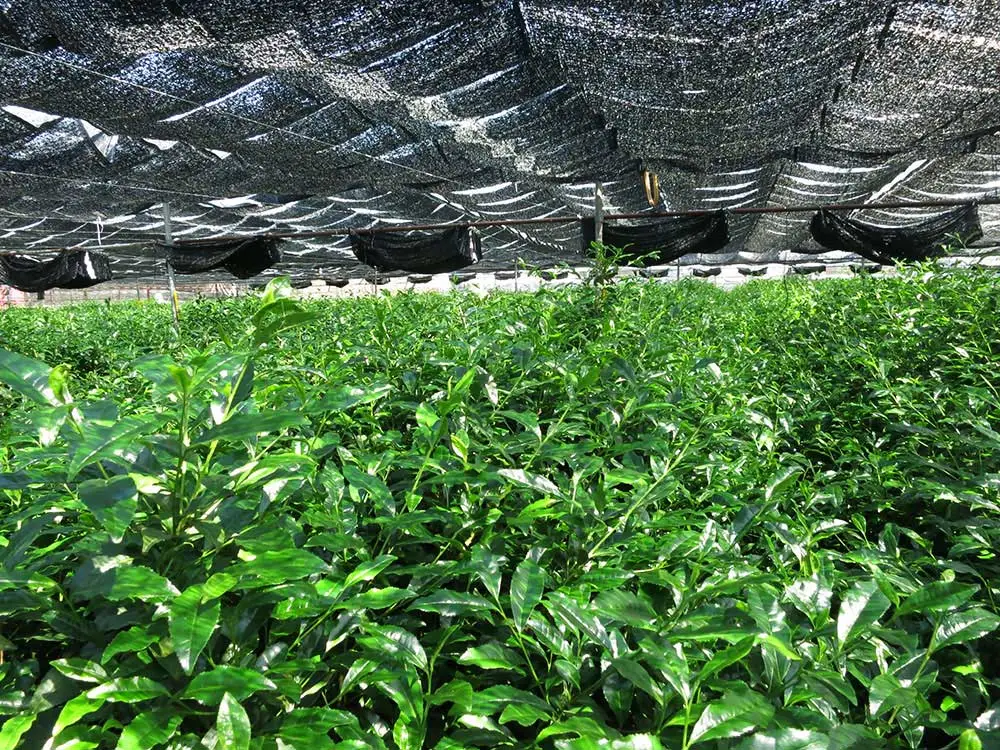
we’ll explore the characteristics of these three types of tea, highlighting what sets them apart and why they’re beloved by tea enthusiasts around the world.
1. Shincha: The Fresh, New Harvest
Shincha literally means “new tea,” and it is exactly what the name suggests—a tea made from the first leaves of the season, typically harvested in early spring (usually in April or May, depending on the region). This type of tea is prized for its fresh, vibrant flavor and delicate aroma.
Key Characteristics of Shincha:
- Harvest Time: Early spring, usually the first tea leaves of the season.
- Flavor Profile: Bright, grassy, and sweet with a subtle umami flavor.
- Texture: Smooth with a fresh, lively mouthfeel.
- Aroma: Floral and vegetal, often described as “green” or “new leaves.”

Shincha is typically available for only a short time after the first harvest, making it a seasonal delight. Because of its freshness, it tends to have a more delicate taste compared to other green teas.
2. Sencha: The Most Popular Japanese Green Tea
Sencha is the most commonly consumed type of Japanese green tea, accounting for about 80% of the tea produced in Japan. It is made from the second or third flush of leaves after the initial harvest, and it can be grown in a variety of regions with different climates, giving it a wide range of flavors.
Key Characteristics of Sencha:
- Harvest Time: Usually late spring to early summer, after the Shincha harvest.
- Flavor Profile: Rich, slightly grassy, and sometimes a bit astringent. Depending on the region and method of production, it can have notes of seaweed, sweet grass, or even floral undertones.
- Texture: A smooth, balanced body with a lingering finish.
- Aroma: Fresh and vegetal, with a slight oceanic scent in some varieties.
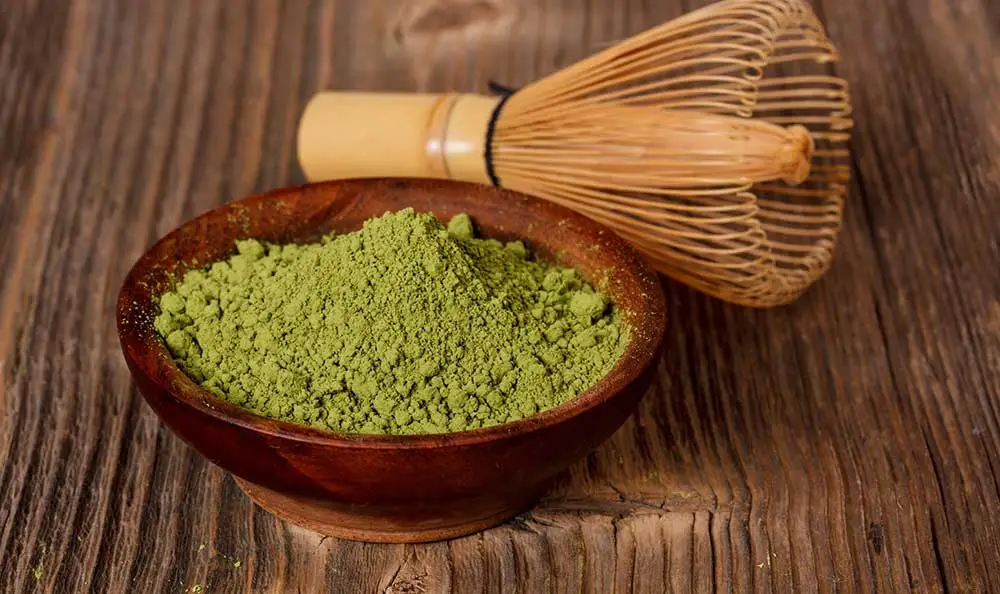
Sencha is versatile and can be brewed in many different ways, depending on the desired flavor strength. It’s a go-to choice for both everyday drinking and formal tea ceremonies.
3. Ichibancha: The First Tea of the Season
Ichibancha (一番茶) is the term used for the first flush of tea leaves from a given season. While similar to Shincha, Ichibancha refers specifically to the top-quality tea harvested in the first picking of the season—usually in the spring.
Key Characteristics of Ichibancha:
- Harvest Time: The very first picking of the season, which may overlap with Shincha, but tends to emphasize the very best leaves from the first flush.
- Flavor Profile: Rich and complex, with a strong umami taste and less astringency than later flushes. It can have a smooth, buttery flavor with a sweet aftertaste.
- Texture: Full-bodied, creamy, and rich compared to later harvests.
- Aroma: Strongly vegetal and fresh, with a characteristic “new leaf” scent.
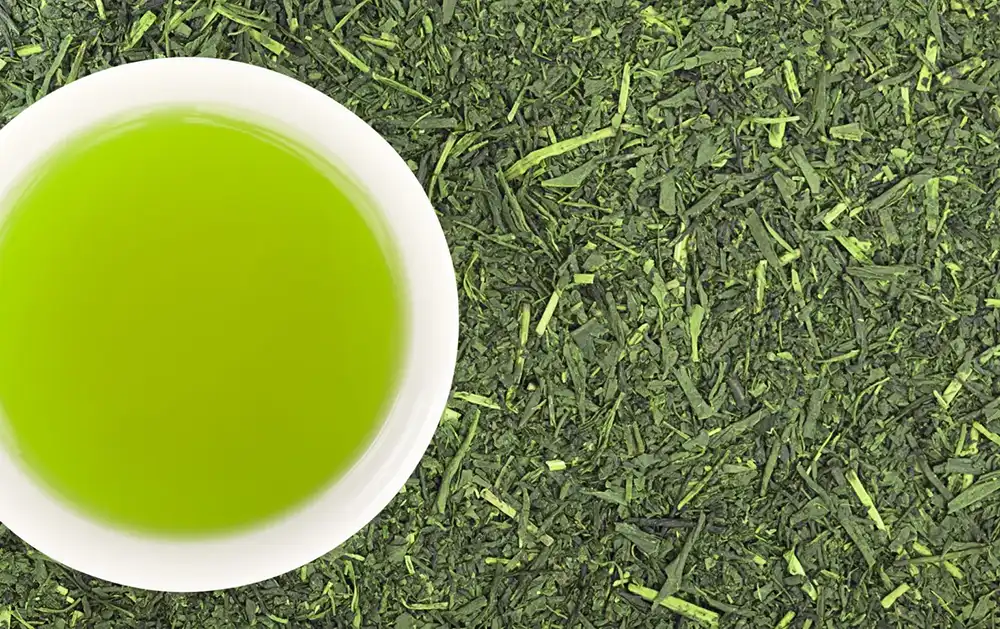
Although the terms Shincha and Ichibancha are often used interchangeably in casual conversation, Ichibancha specifically refers to the highest-grade leaves picked in the first flush. It’s a rare treat that is often reserved for those who appreciate the finest quality.
Which One Should You Try?
So, what’s the difference between these three? Here’s a quick breakdown:
- Shincha is the fresh, first tea of the season, with a bright and delicate flavor.
- Sencha is the all-purpose, everyday green tea, available year-round with a balanced, rich flavor.
- Ichibancha refers to the highest-grade tea from the first flush, often more complex and rich than Shincha, but only available in limited quantities.
If you’re new to Japanese tea, starting with Sencha can be a great introduction. If you’re looking for something special, Shincha will give you a taste of the season’s freshest leaves. For the ultimate tea connoisseur, Ichibancha will offer a deeper, more luxurious experience.
No matter which you choose, Japanese tea is a wonderful way to explore the rich culture and flavors of Japan. Happy sipping!


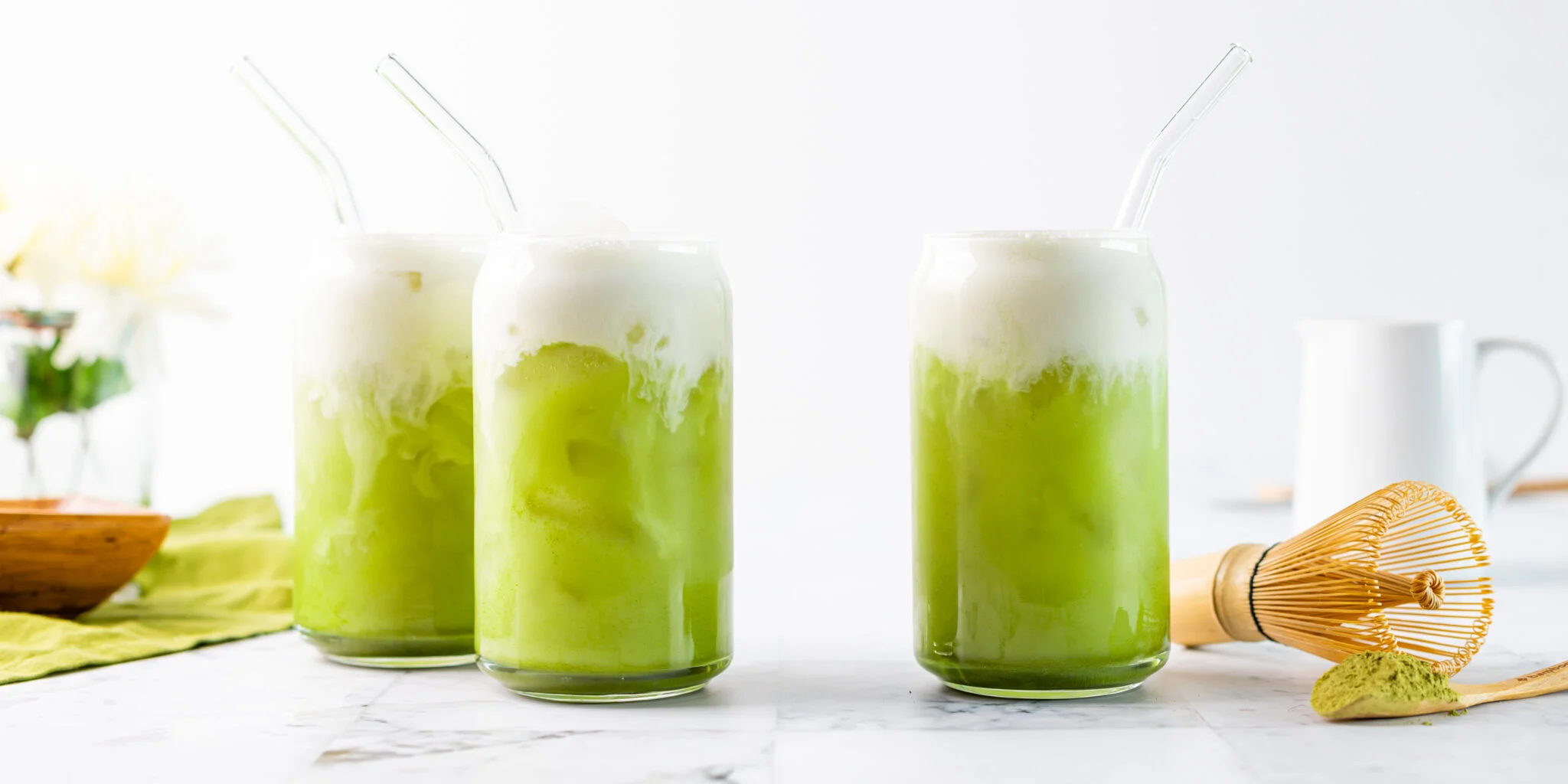
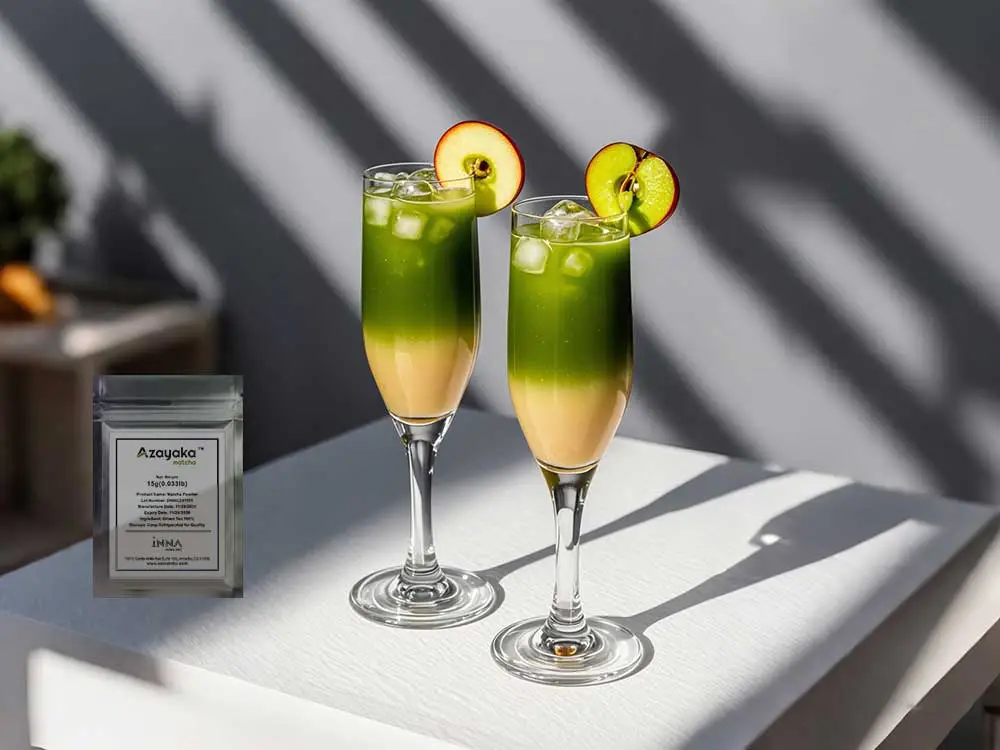
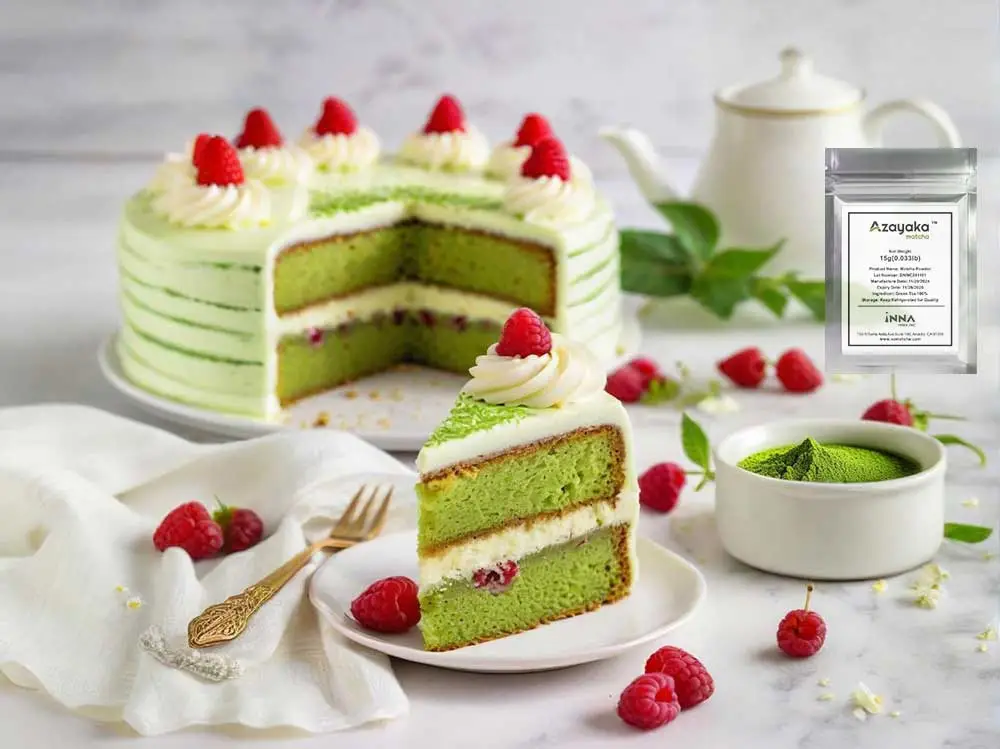
The blog explains the distinctions among shincha, sencha, and ichibancha extremely clearly. It provides professional and detailed analyses ranging from the picking time, appearance, to the differences in aroma and taste after brewing. This has made things crystal clear to me, although I used to have only a smattering of knowledge about Japanese tea. Whether for beginners starting to explore Japanese tea or seasoned tea enthusiasts refreshing their knowledge, this blog is an invaluable resource. Highly recommended!